LOST INDIAN MINE IN UTAH VALLEY
By: George A. Thompson
(Originally appeared in Lost Treasure, June 1977)
Utah Valley is an unlikely place for a lost mine, but it has one. It’s a mine that was known to the Ute Indians centuries before white men came into the Great Basin. Somewhere, almost within sight of prosperous farm and busy highways, it lies, waiting to be discovered again.
Father Silvestre Velez de Escalante, the first white explorer of what he called Timpanogotzis Valley – now Utah Valley in north central Utah – noted precious minerals there when he crossed the rugged Wasatch Mountains into the valley in September, 1776.
He wrote in his diary, “The Valley of Timpanogotzis is the most pleasing, beautiful and fertile site in all New Spain. The sierras towards the east have many rivers, springs and timbers, including royal and other pines. The veins that are in the sierra appear to have minerals in them.”
Although Father Escalante was on a mission to find a new and shorter route from Santa Fe to Monterey on the Pacific coast, as well as to convert to Christianity the Indians he met, he also observed many rich minerals as he traveled. At the Los Animas River he noted, “There still remains in the meadows vestiges of irrigation ditches, ruins of many large and ancient settlements, and furnaces where apparently metals were smelted.”
That the Indians worked both gold and silver for their own use before the coming of white men is known. It’s also generally accepted today that Spanish miners were in the northern mountains of New Spain long before Escalante.
The priest often referred to others who preceded him, such as Don Juan Maria de Rivera who visited the area in 1761, and Nicolas de la Fora who came in 1765. The earliest expedition into Utah was probably that of Capt. Garcia Lopez de Cardenas in 1540.
And though the saving of the redskin’s soul was the avowed purpose of these expeditions, discoveries of precious metals certainly were not overlooked.
There are also scant bits and pieces of other old records telling of fabulous lost mines like the Lost Josephine (see “True Treasure,” Oct. ’72 and June ’74), the Pish-la-ki or Merrick & Mitchell mine (see “Treasure World,” April ’68 and “Treasure Trails,” Winter ’74).
Most of these famous mines were lost to white men forever after the great Indian uprising of 1680. Then Spanish miners and priests were killed or driven from New Spain.
As Father Escalante described it, “So fierce were the attacks and so great the consternations they caused that all of the Spanish settlements and the pueblos of the Christian Indians on those frontiers were ruined and abandoned and all mining stopped, thus reducing the royal income and multiplying the cost of troops.”
After the Indian uprising, little mining was done in the northern mountains of the Great Basin until after the Escalante expedition of 1776 and the coming of the mountain men and fur trappers three decades later.
A few small parties did venture into the area, but there are no records any of them rediscovered the famed lost mines which had once provided bullion for the vaults of the king of Spain.
When the first Mormon immigrants settled in Utah Valley under the shadow of the 12,000-foot peak Father Escalante called Sierra de los Timpanogotzis, they came principally to farm. But they were soon aware of the mineral
treasures close at hand.
Utah Valley was still Mexican territory upon their arrival in 1847. It was common for the Mormons to see Spanish mule trains loaded with precious ore moving south through Spanish Fork Canyon.
One early settler, Mormon V. Selman, described one of the trains which stopped near his father’s farm in 1852. He recalled:
“Mv father liked to tell of the time when a pack train came down the Provo River (located east of Mt. Timpanogos) and camped by his place for a few davs to rest their small pack mules. The animals were loaded with very heavy packs which did not appear to be very large, still, they were all that those mules could carry. The Mexicans kept an armed guard at their camp and no one was allowed near.
“After a few days they went southward and later there was a report that Indians had killed all the men near Chicken Creek and had stolen the mules and whatever was in the packs they carried. But we knew the Indians had fine horses and would not steal mules, so veryone supposed that it had been white men dressed as Indians who wanted whatever the heavy cargo was that was in those packs.”
During this period Mexican, or Spanish, pack trains were seen regularly by pioneers. Often the Spaniards stole Indian children to sell as slaves in Santa Fe.
In 1852 a Spanish pack train, possibly the one Selman told of, was stopped in Spanish Fork Canyon by Marshall William H. Kimball. The miners were arrested because they had stolen Indian children with them.
One of the packers told Marshall Kimball that the Indians had been stolen from a camp near the mines they were packing silver ore from, a place on the Provo River not far from Mount Timpanogos.
Brigham Young, the Mormon prophet, forbid slavery in the new territory. Within a few years Mexican or Spanish slavers were not seen in Utah Valley. Young also forbid his followers to engage in mining or search for mineral treasures, fearing a discovery of precious metals would bring in a rush of non-Mormons that would quickly overwhelm his tiny band of pioneers.
Often Young counseled his followers not to seek lost mines. In 1849 he said, “I can stand in my doorway and see where there are millions in rich treasures of the earth, in gold and in silver. But the time has not come for the saints to dig gold.”
“It is our duty first to develop the agricultural resources . . . As for gold and silver and other rich treasures of the earth . . . let them alone and cultivate the soil instead.”
He also recalled, “A man from Boston who was on his way to the gold diggings heard me preach, and afterwards on the street he asked me if I knew where hell was. I told him that I thought he was on the road to that very place, and that after he crossed the mountains into the gold diggings, if he discovered he had not found hell, to come back and let me know. As I have not heard from him since I assume that he went to hell!”
One of the first settlements in Utah Valley was at Mountainville, now called Alpine. Pioneers suffered many hardships trying to farm its rocky soil, but eventually their dairy herds multiplied and orchards were cultivated.
These settlers were amazed at the rich chunks of silver-lead ore the local Indians brought from the rugged canyon of Mount Timpanogos to be melted into bullets or crude ornaments. But they remembered Brigham Young’s admonishment and did not search for- the Indians’ secret lode.
Any who entertained searching out the lode changed their minds when Young visited Mountainville and told the citizens, “There is great wealth in these mountains. I can see all kinds of mineral ores, but the time is not yet here for it to be discovered. The Lord will in due time allow it to be taken out, but that time is not now!”
As time passed, the pioneers became more secure in their new land and life became easier. They had more time to think about the secret mines of the Indians. Many wondered whether the place the Indians obtained their ore was the same place the Spaniards had packed theirs from.
After Young’s death in 1877 some settlers tried to follow the Indians into the wild canyons. None succeeded. Others tried to get the Indians to reveal the secret place by other means, but they had no luck either.
One old Indian who was befriended in his old age by a farmer named Hall did volunteer a meagre clue to his benefactor. But the Indian’s comment was a mystery, for he would only say, “You will find it only if a big fire comes, or if a flood washes out of the canyon!”
Was he trying to tell his white friend the ledge or mine was so concealed with brush or timber that only a forest fire would uncover it? Or was the entrance so covered with rocks that only a big flood would reveal the opening? No one knows.
But the mine or ledge may not be so difficult to find, or uncover, that a great deal of time would be consumed doing so. For all the early settlers agreed on one point: The Indians always left Mountainville in late afternoon, probably so they could not be easily followed. But they would always return by noon the next day, with as much silver-lead ore that they could carry.
And they always went towards, and returned from, the deep canyons on the west slopes of Mount Timpanogos. Several men luckily followed them into American Fork Canyon, but here the Indians always lost their followers in the countless dark ravines and side canyons.
Most mining men agree there is no place better situated for the discovery of mineral veins than the canyons of Mount Timpanogos. The Alta Mining District; a few miles ·north, later produced millions from such famed mines as the Emma. The nearby Park City and Eureka districts became world famous as silver camps.
In the 1870’s and 1880’s several rich strikes were made high in American Fork Canyon. A small mining camp, Forest City, grew up at the mouth of Mary Ellen Gulch, just west of present-day Graveyard Flat.
And the Aspinwall Mining Co. of New York built the narrow gauge American Fork Railroad to the Sultana Smelter at a cost of $400,000, and the new camp soon boomed.
Mines at Forest City like the Wild Dutchman, Live Yankee, Belle Orphan and Miller’s Hill produced small fortunes from a complex limestone ore which assayed high in gold and silver. But none of the ore was similar to the heavy silver-lead ore from the secret Indian mine. Nor was it near enough to Mountainville that a man could leave town late in the day, dig all he could carry, and return by noon the next day.
Hardly a trace of Forest City remains. Mines which once boomed there are caved-in holes overgrown with brush. Tourists drive part way up American Fork Canyon to view world-famed Timpanogos Cave. But few persons know there are many other deep, yet unexplored caves in the area.
Was the old Indian thinking of such a cave when he said only a fire or flash flood would reveal the lost mine? Or is Brigham Young’s warning, “That the time is not yet here for it to be discovered” still true?
Somewhere only a few hours’ hike from old Mountainville, in one of the rough boulder strewn canyons at’ the foot of snow-capped Mount Timpanogos, there’s a ledge or lost mine or possibly a hidden ore vein concealed inside a cave. There Indians once dug rich silver-lead ore.
It was there long before Father Escalante came to Utah Valley and it is still there today. Where? As the Spanish say, “Quien sabe? – who knows?”
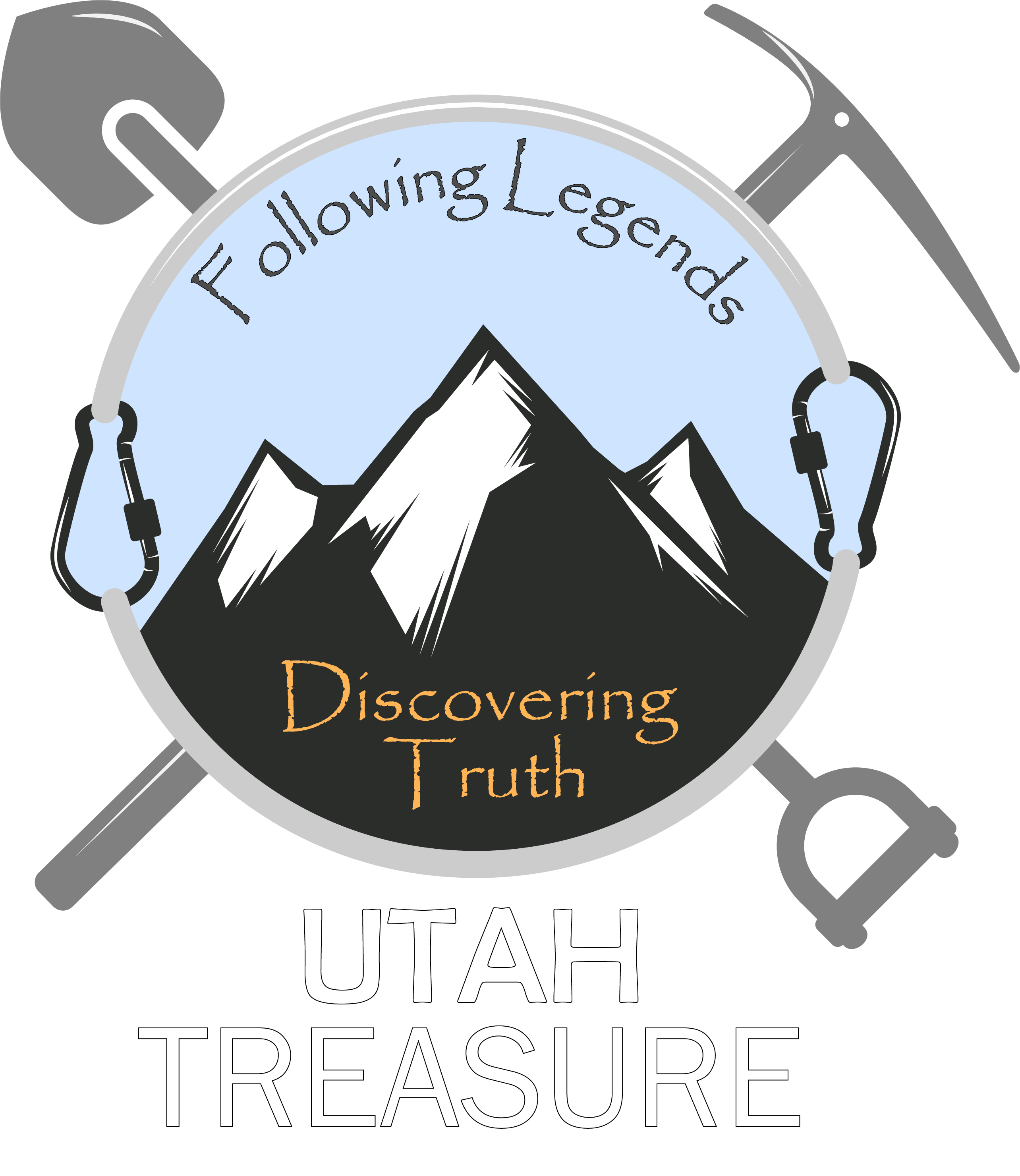
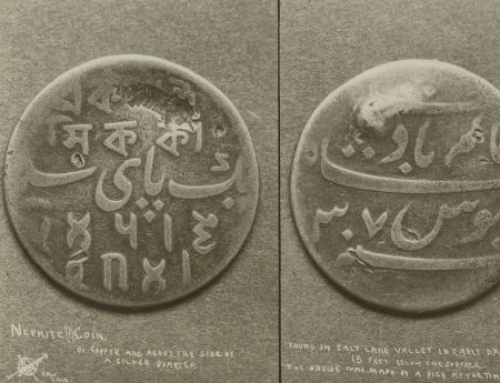
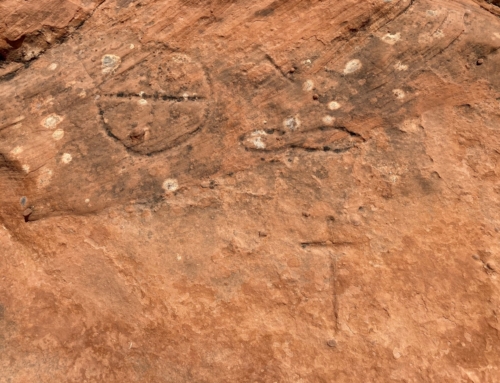
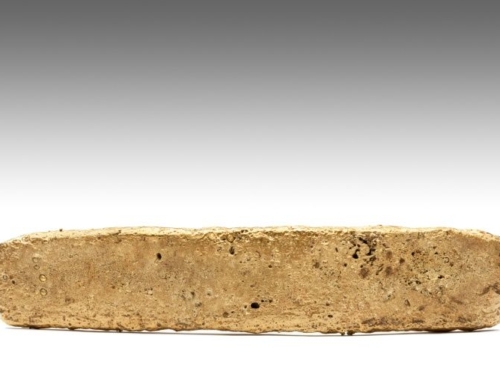
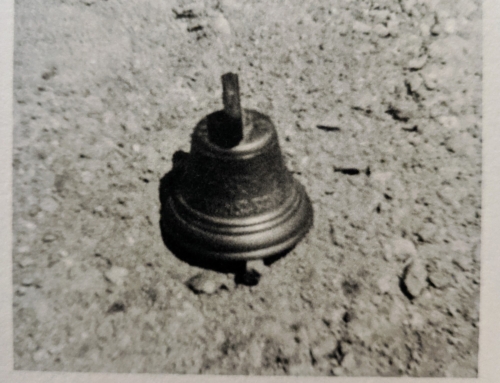
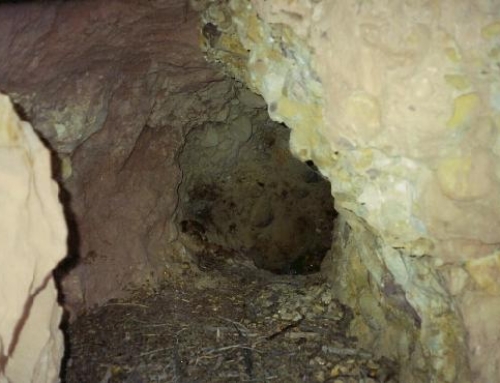
Leave A Comment